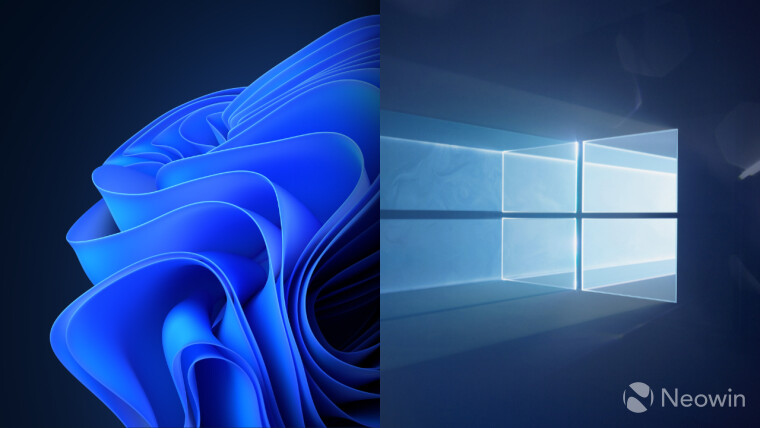Let’s put it this way; when Microsoft announced its plans to start adding features to Windows 10 once again, despite the operating system’s inevitable demise in October 2025, everyone expected slightly different things to see ported over from Windows 11. Sadly, the latest addition to Windows 10 is one of the most annoying changes coming from Windows 11’s Start menu.
Earlier this year, Microsoft introduced a so-called “Account Manager” for Windows 11 that appears on the screen when you click your profile picture on the Start menu. Instead of just showing you buttons for logging out, locking your device or switching profiles, it displays Microsoft 365 ads. All the actually useful buttons are now hidden behind a three-dot submenu (apparently, my 43-inch display does not have enough space to accommodate them). Now, the “Account Manager” is coming to Windows 10 users.
The change was spotted in the latest Windows 10 preview builds from the Beta and Release Preview Channels. It works in the same way as Windows 11, and it is disabled by default for now because the submenu with sign-out and lock buttons does not work.



Sure if added to Pro version will have a Group Policy to disable them. Really happy I went Pro for Windows 10.
Really happy I went
Pro for Windows 10with LinuxWhich flavor?
(quick disclaimer: I've been using Linux for over 20 years)
I use Gentoo because I’m a power user and like to customize my system. I don’t mind having to compile software from source, and I actually appreciate the benefits I get from it. I use a custom kernel, which I probably recompile once a week because I make changes all the time. I also appreciate the fact that Gentoo doesn’t force me to use any particular piece of software, e.g. systemd or sudo. I replaced both, I use OpenRC as my init and doas instead of sudo.
For new users I would recommend something simple like Linux Mint, Pop!_OS or Zorin OS. EndeavourOS is great for intermediate users, and it offers a great introduction into the world of Arch Linux. Fedora and Fedora Atomic, as well as derivatives like Universal Blue are really interesting as well.